In Warmer Regions You May Have A Fighting Chance At Winterproofing Snapdragons
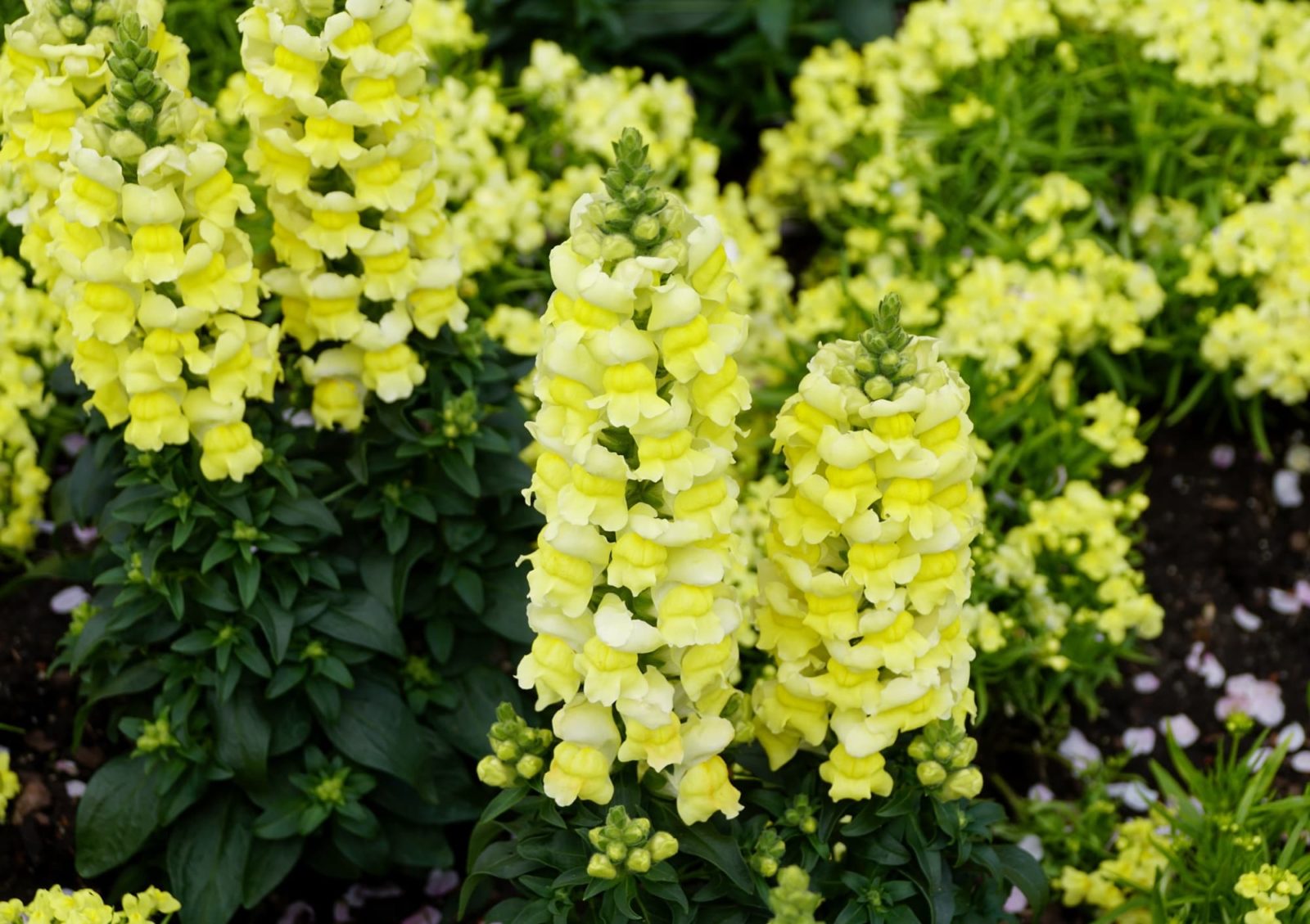
PERENNIALS > ANTIRRHINUM > OVERWINTERING
Reviewed By DAN ORI

Dan has over 27 years’ under his belt caring for plants and gardens. Working as a Horticultural Instructor and Consultant, he draws on a diverse range of experience that includes working as a Head Gardener, Tree Surgeon, Garden Centre Trouble Shooter, and writer of academic papers. Dan has a Level 3 Diploma in Horticulture and is currently a candidate for the RHS’s most prestigious award – The Master of Horticulture.
IN THIS GUIDE
ANTIRRHINUM GUIDES
Deadheading
Growing From Seed
Overwintering
Snapdragons are famous for their colourful and charming outward-facing flowers that do indeed resemble a dragon’s head.
These cottage garden standards are divided into annual, biennial and perennial types.
The vast majority of snapdragon varieties are hardy to H3 and are treated as annuals, meaning that they are hardy only in the milder regions of the UK, such as the southern and south-eastern coasts.
Whether you can care for snapdragons in winter depends on whether you have grown them in open ground or in pots – and on your region of the UK.
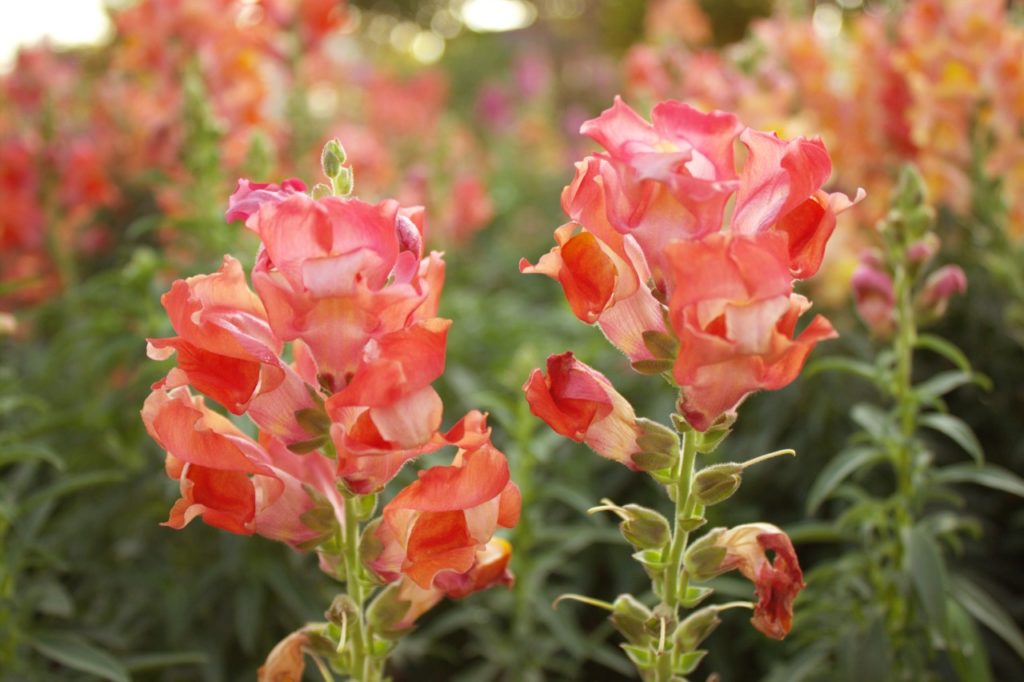
If you live in Scotland, the midlands or a similarly cold region, it would, unfortunately, be a waste of time trying to care for outdoor snapdragons during winter.
However, if you live in one of the warmer regions of the UK, you have a fighting chance to winterproof your plants so that they come back the following year.
Caring for snapdragons over the winter in the UK requires gardeners to follow these simple steps:
- Site your snapdragons in an optimal location.
- In late autumn, prune your snapdragons.
- Apply a layer of mulch.
- Try to protect snapdragons from the snow, rain and wind.
- Moisten the soil from time to time.
- Remove the mulch after winter and move your potted snapdragons back outside.
Explore each step below to try to preserve your Antirrhinum for another year!
| Difficulty | Medium |
| Equipment Required | Gardening trowel, secateurs |
1) Grow In A Suitable Location
If you grow or transplant snapdragons outdoors, then, to begin with, you should site them in an optimal location.
This should be in a spot that receives full sun and is sheltered from any strong winds, preferably with a west or south-facing aspect.
2) Prune Antirrhinum In Autumn
Near the end of autumn, when the flowering season is over but winter is yet to arrive, prune the plants.
Cut off all dead and diseased stems and remove excessively-branching stems.
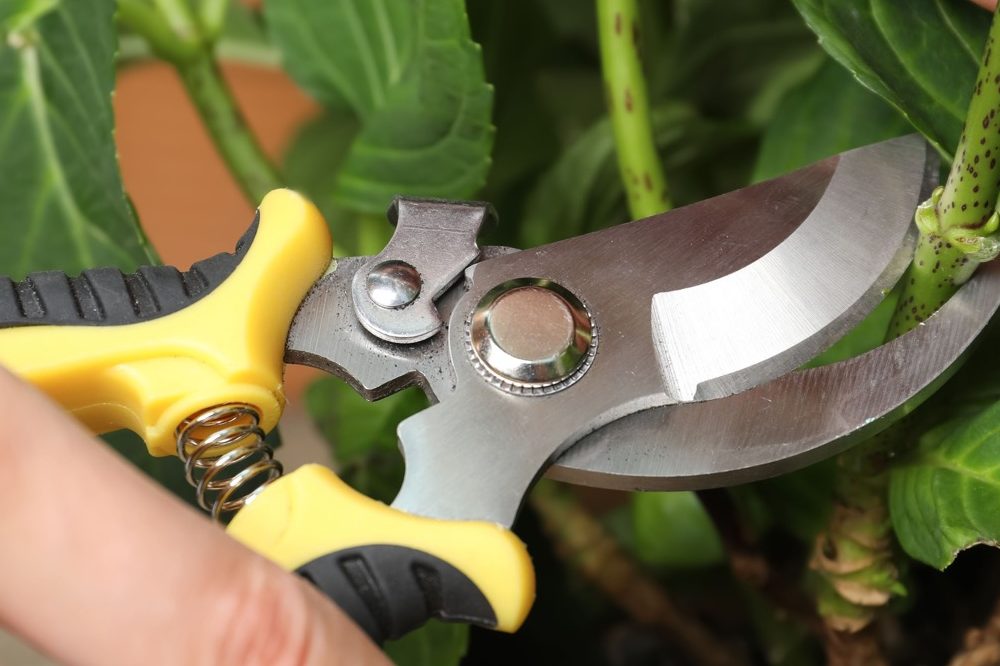
You can cut back the plant by about half.
Alternatively, if you are growing your snapdragons in a container, autumn is the time to bring them indoors.
Ensure that the room’s temperature remains between 15-20°C for the best results.
3) Add A Thick Layer Of Mulch
Apply a 10cm layer of mulch 6-8cm away from the main stem of your snapdragons.
A mulch of half-cooked leaf mould would be a good choice.
4) Protect Against The Elements
Ensure that the soil does not get overly wet.
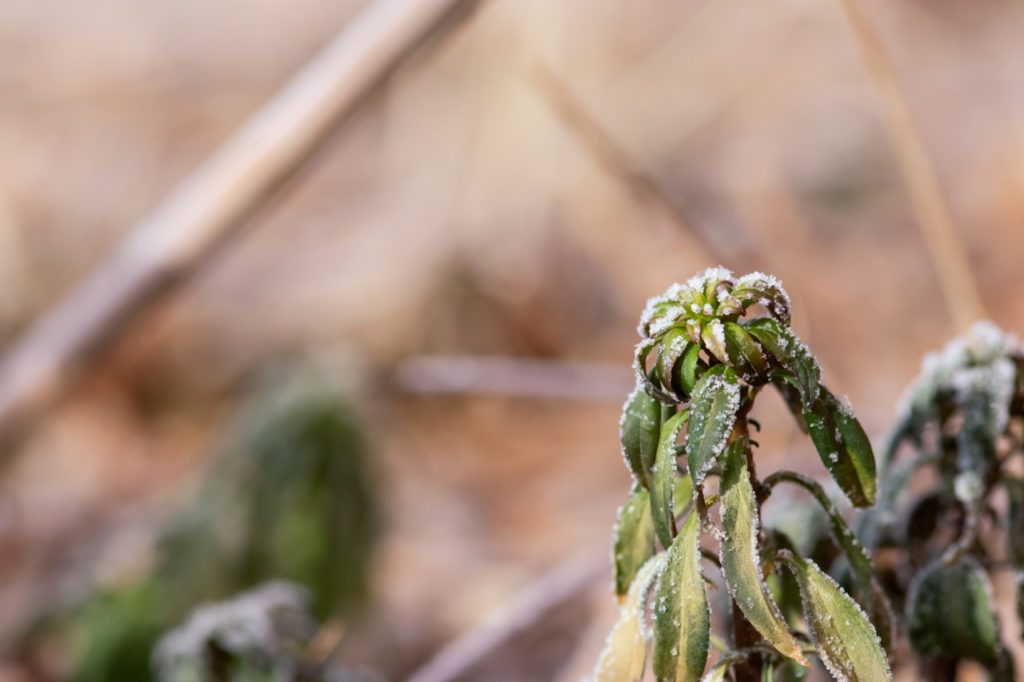
If you can protect the plants from the snow, wind and rain, then I strongly recommend that you do so.
5) Keep The Soil Moist
Do not let the subsoil stay dry for too long, so water sparingly if growing outside.
If you’re growing your snapdragons in pots, do not let the subsoil dry out and stay dry – keep it moist.
For deciduous varieties, water sparingly so that the roots get the necessary moisture, and for semi-evergreen varieties water lightly so that the soil does not dry out.
6) Remove Any Mulch After Winter
The following spring, after the last frost has passed and the soil temperature has warmed up, or as soon as you see fresh green growth, remove the mulch.
Gardening expert Dan Ori suggests keeping some horticultural fleece to hand in case of an unexpected late frost.
Sometime in spring after the weather has warmed up, with the exact timeframe depending on your region in the UK, put your potted plants out in the late morning and bring them back indoors near sunset for a few days.
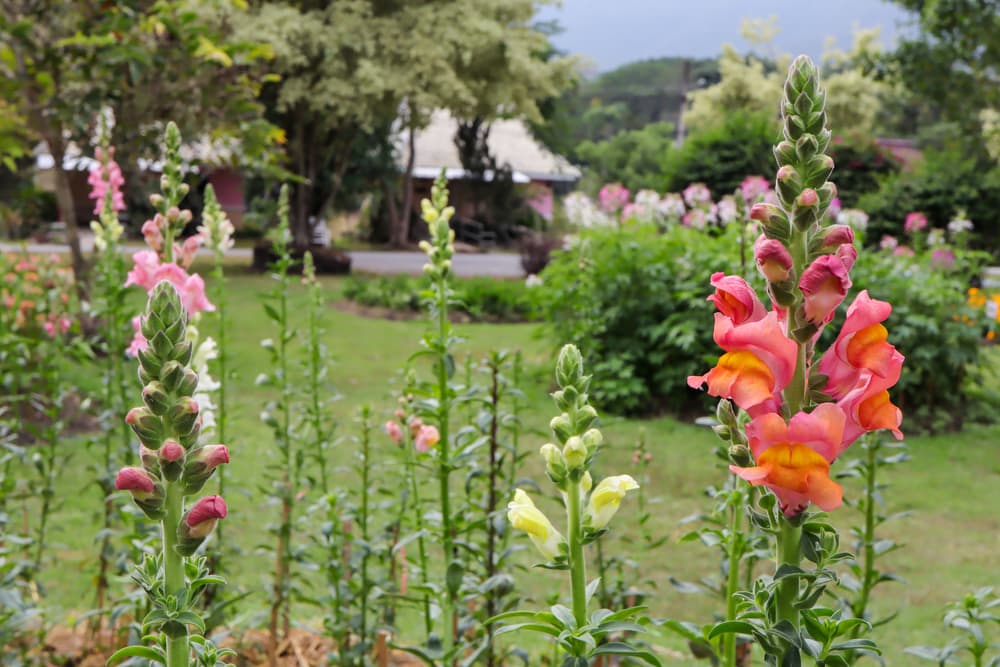
Once the weather has warmed up significantly, you can shift your potted plants back outdoors.

